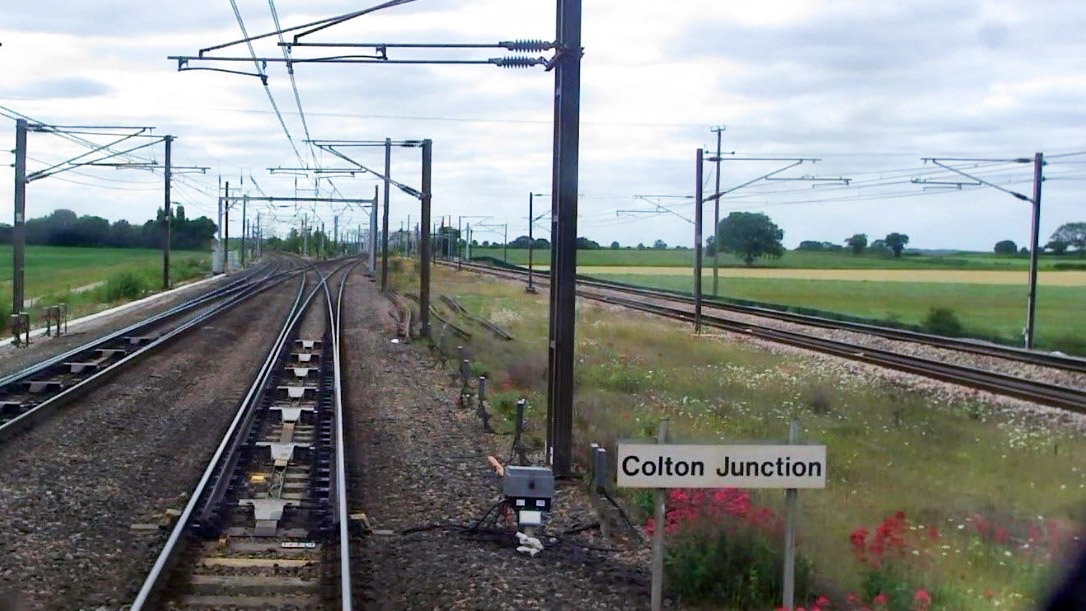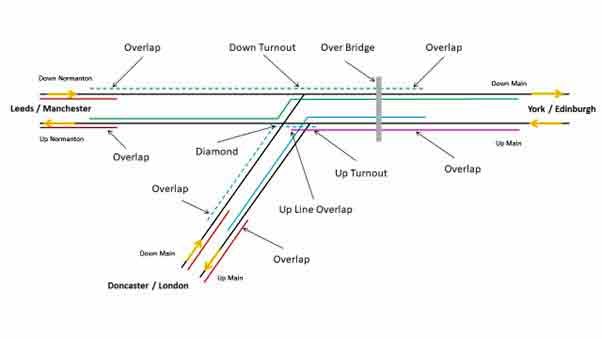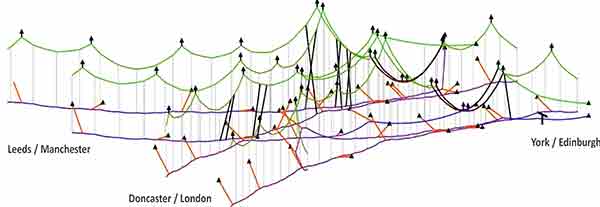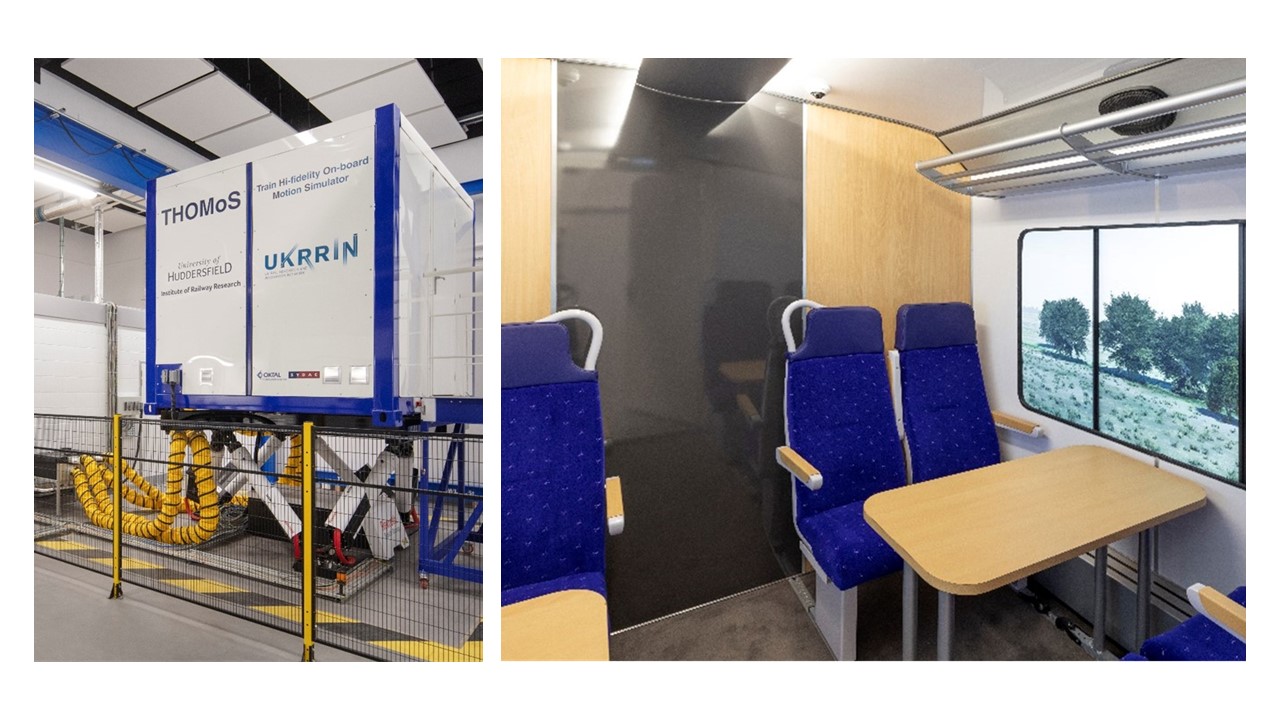IRR selected as partners in major rail upgrade

The Institute of Railway Research (IRR) at the University of Huddersfield has been selected to join forces with the Transpennine Route Upgrade (TRU) to transform rail journeys across the North. TRU is a multi-billion-pound railway programme between Manchester, Huddersfield, Leeds and York that will connect towns and cities across the North through more frequent, faster trains, running on a cleaner, greener and more reliable railway.
Professor João Pombo, Associate Director of the IRR, who is leading the work said: “We are very pleased to be able to apply our specialised pantograph-catenary interaction expertise to support this critical infrastructure project, de-risking the implementation of a complex electrification scheme design and contributing to the industry’s strategic plan to decarbonise our railways through increased adoption of electrification. The project being on our own doorstep is only an added bonus, in being able to help improve rail journeys in our local region.”
Sustainable travel
The programme is committed to full electrification, using electricity instead of diesel, benefitting both passengers and industrial freight transport. One of the first projects funded by TRU is Project E1 which will electrify the route and increase the permissible line speed to 125mph between Church Fenton and Colton Junction, which will ultimately deliver journey time benefits between York and Leeds. By reducing the risks and costs of electrification, this will result in a more sustainable option for transport decarbonisation.
One of the challenges facing the project was upgrading the existing overhead wiring at Colton Junction. The IRR was identified as the most suitable partner to support the design work due to its renowned expertise and in-house developed simulation software, PantoCat. PantoCat is a groundbreaking software which analyses pantograph-catenary interaction dynamics under realistic operating conditions. This advanced numerical analysis tool can three-dimensionally model multiple tracks with converging wires and assess the current collection performance with different train classes and their distinct pantograph types and spacings.


David Lawrence, TRU’s Chief Engineer and Technical Director commented: “The contact force modelling undertaken at Huddersfield has been of huge value to our delivery team, to Network Rail and ultimately the taxpayer. A conventional design approach was unsuccessful, so we were pleased to be able to draw on the expertise available at Huddersfield, positioned right at the heart of the Transpennine Route. The work has enabled us to produce a first-of-type design for tangentially wiring the 125mph double junction at Colton Junction, to achieve the best possible system, and avoid some very expensive alternatives.”
Collaborative approach
The IRR has worked together with the Alliance design team (Network Rail, Murphys, Siemens, Systra and Volker Rail), with the IRR focussing on building the complex model of the junction. The team was able to perform a set of design refinement studies, which identified alternative design solutions that significantly reduced the maximum contact forces in the wiring transitions and substantially improved the current collection performance. This collaborative approach resulted in a fully compliant design solution with enhanced reliability and no operational limitations for the rolling stock and line speeds envisaged to operate in this complex junction.
Not forgetting the passengers
Alongside supporting the TRU programme in assuring the design of its electrification schemes, IRR researchers have also been applying their expertise in vehicle-track dynamics to ensure passenger comfort on their journeys between Manchester and York.
A primary investment-case driver to secure government funding for the TRU project was a reduction in journey time for passengers. For a curvaceous route such as Transpennine, this necessitated the adoption of exceptional track design rules, whereby a train is permitted to run faster on approach and through curves than for a conventional track design. This allows for shorter journey times and improved timetables for passengers.
The IRR was commissioned on behalf of Network Rail to apply its expert knowledge in vehicle-track dynamics and provide assurance that passenger comfort would not be compromised as a result of the increased train speeds.
The research team instrumented service vehicles on the existing route to create a ride comfort baseline, and subsequently modelled the emerging track design alignments to analyse any changes to passenger comfort. The study applied vehicle dynamic simulations, combined with supporting experimental works, using the IRR’s £1m train high-fidelity on-board motion simulator (THOMoS) to provide the design assurance required by the track design team.

Professor Paul Allen, IRR Director, explained: “Computer simulation of vehicle dynamic behaviour is a powerful tool in predicting how a vehicle will behave on a given track design. However, the resulting numerical outputs can be difficult for an end-user to interpret. This is where the ability to physically experience the predicted ride accelerations within the THOMoS motion simulator really comes to the fore, as it becomes possible to effectively travel on a new route before it is built.”
The IRR has successfully validated the track designs for the western sections of TRU and is now completing work on the remainder of the route, helping to ensure that commuters will soon experience faster Transpennine journeys without compromising on comfort.